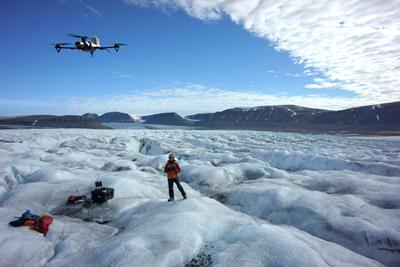
The NEXUSS Partnership has access to some of the world’s best SAOS facilities. These are used intensively for environmental science research and training, and will be made available to the NEXUSS students.
At the University of Southampton, new SAOS facilities include: a £25M 140-m towing tank; an Unmanned Aerial Vehicle laboratory; an Autonomous Systems Laboratory; £55M investment in world-class photonics, nano- and fibre-optic technology; the RJ Mitchell Wind Tunnel; the Southampton Nanofabrication Centre; two Control and Communications Vehicles for autonomous systems operations; a large-scale additive manufacturing facility; and a fleet of 3 large survey autonomous aircraft fitted with a variety of sensor payloads. NEXUSS benefits from a strong relationship with the University of Southampton Autonomous Systems Strategic Research Group.
The recent UK government investment into the NOC-hosted Marine Autonomous and Robotic Systems (MARS) facility has enabled it to grow to >40 vehicles, making it the largest and most diverse research facility of its kind in Europe and one of the top three globally.
The University of East Anglia has invested strongly in 6 ocean gliders, a testing facility and integration of novel sensors, being the only UK university to own and operate a glider fleet, and has made extensive joint investments with Cefas in Unmanned Aerial Vehicles. BAS operates 4 ocean gliders and 1 Unmanned Aerial Vehicle, which it routinely deploys in Earth’s polar regions.
Heriot-Watt University has created the £35M Edinburgh Centre for Robotics. This includes the ROBOTARIUM RAS Interaction National Facility, fielding a fleet of inter-operable Unmanned Aerial Vehicles, Unmanned Surface Vehicles and Autonomous Underwater Vehicles with novel sensors, communications, data visualisation and interaction environments. In 2016, Heriot-Watt University opened the £21M Lyell Centre for Earth & Marine Science and Technology alongside the Marine Operations headquarters of the British Geological Survey. SAMS hosts the Scottish Marine Robotics Facility, with 7 gliders, 2 Autonomous Underwater Vehicles, and a fleet of Unmanned Aerial Vehicles capable of land and sea launch and recovery.